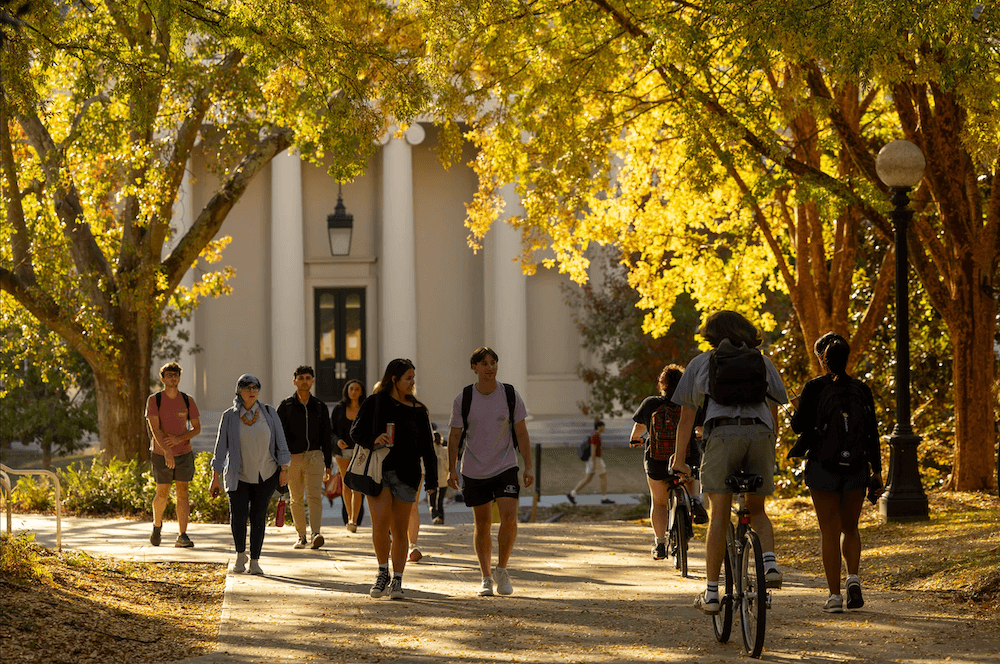By Darbie Granberry
University of
Georgia
The chance of garden vegetables causing illness is small. Still,
home gardeners should be aware of food safety principles and take
steps to make sure their garden vegetables don’t get contaminated
with human pathogens or harmful levels of chemical residues.
Food safety has had a lot of news coverage in recent years, with
increasing reports linking outbreaks of food-borne illness to
eating fresh produce.
Food-related illnesses may not have actually increased. Today’s
technology enables better detection, and immediate news coverage
of such events has heightened public concern.
Historically, the notion of safe food was mainly concerned with
chemical contamination. However, a recent Federal Food Safety
Initiative broadened the concept to also include the absence of
disease-causing microbes such as Salmonella, E. coli
0157:H7, Shigella, etc., and parasites such as
Cryptosporidium and Cyclospora.
Not complicated
Producing “safe” fresh produce in the garden isn’t complicated.
Vegetables themselves aren’t a source of human pathogens. And
even if plants have a disease, plant pathogens don’t make people
sick.
In nature, garden veggies are normally free of human pathogens.
If they harbor them, it is because they’ve become contaminated
from some other source. So, food safety in the garden is
straightforward: prevent contamination.
There are two main sources of disease-causing pathogens and
parasites: people and animals.
People can possibly spread their “germs” to the garden. But
that’s highly unlikely. Gardeners generally practice good hygiene
and exercise due care so they don’t contaminate their fruits and
vegetables.
Most likely sources
The most likely sources of contamination in the garden are fecal
matter from domestic or wild animals and animal manures. If cats,
dogs, deer or other animals frequent the garden, restrict their
entry with fences or appropriate repellents.
If you use animal manures in the garden, consider using composted
manures. Properly composted manures are much more beneficial to
the garden than raw manures. And the high temperatures that occur
during composting inactivate human pathogens.
If you use uncomposted manures, incorporate them into the garden
soil a month or so before seeding or transplanting.
To prevent chemical contamination, use cultural and biological
control as much as you can. If chemical control is required, use
recommended products. And be sure to apply them at the prescribed
concentrations and frequencies.
The final step
The final step in food safety is washing of the produce before
you eat it. Washing will help clean many types of vegetables,
especially those with smooth surfaces like tomatoes. It doesn’t
work as well, though, with vegetables like broccoli and
cauliflower that have irregular surfaces.
Again, the probability of someone getting sick from eating garden
vegetables is small. But it can happen. Taking these steps to
prevent contamination, though, helps keep your garden veggies
safe for your family, friends and neighbors.



